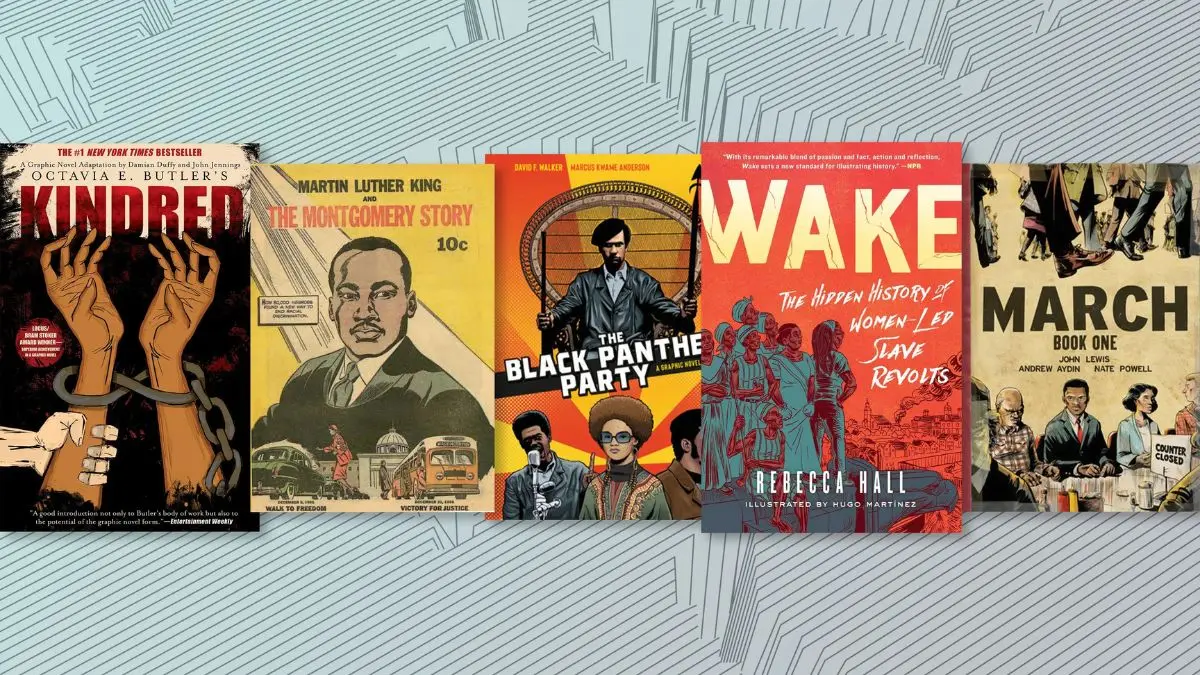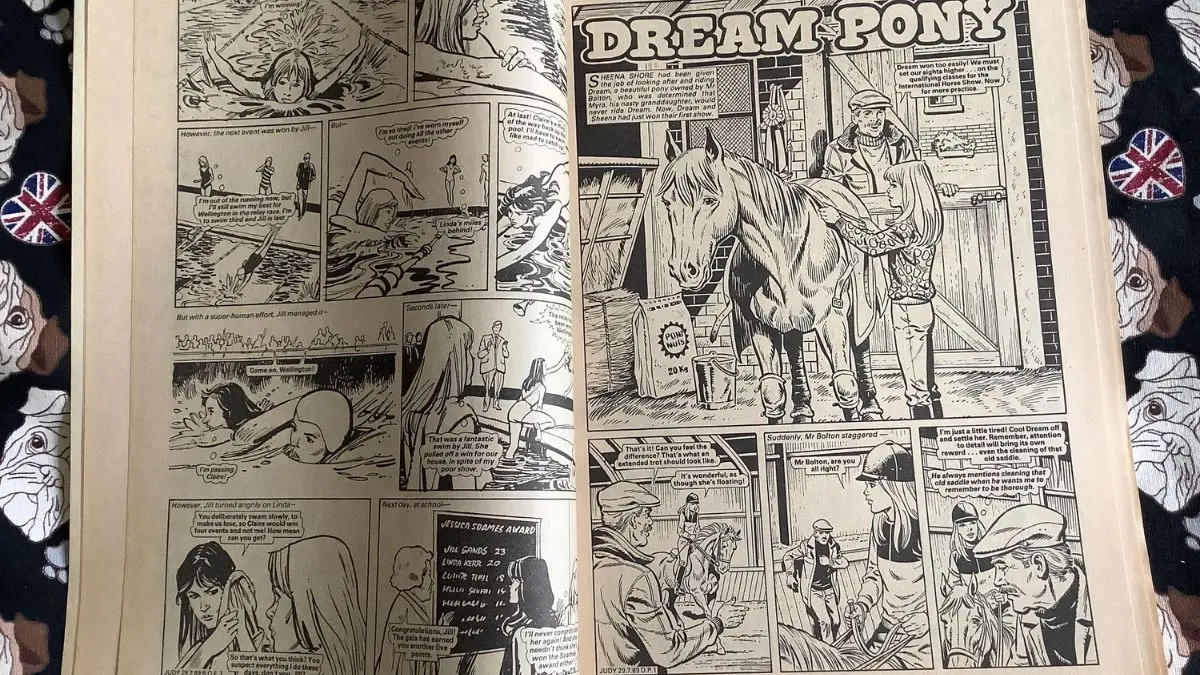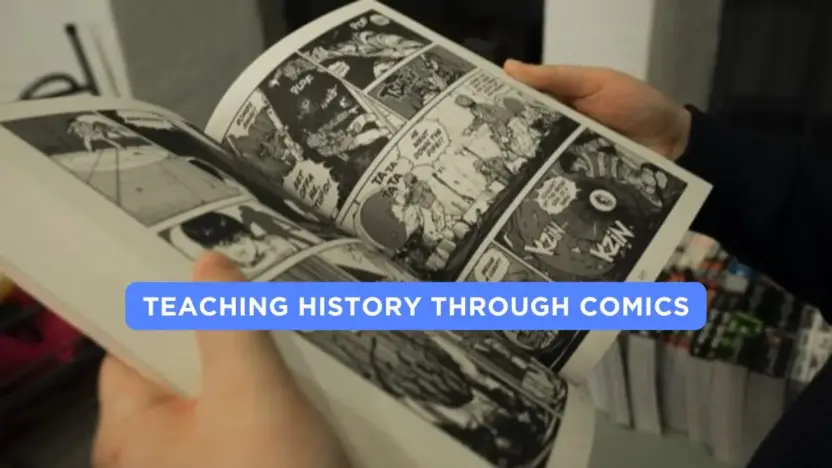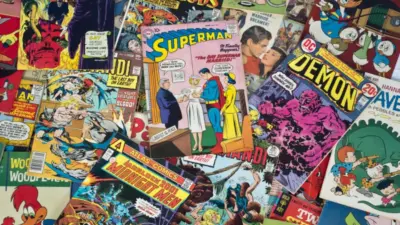History, often perceived as a dry and monotonous subject by students, holds the keys to understanding the world’s cultural, social, and political evolution. However, traditional methods of teaching history—relying heavily on dense textbooks and rote memorization of dates and events—can fail to ignite curiosity or foster a deep understanding of the past. A unique and increasingly popular approach to making history engaging and accessible is through the use of comics. By blending storytelling, visual art, and historical accuracy, comics provide an interactive and imaginative way to teach historical events, figures, and concepts. This article explores the benefits, methods, and examples of using comics as an educational tool in teaching history.
Why Comics Work as an Educational Tool
Comics, as a medium, combine visuals and text in a way that simplifies complex narratives while retaining depth. This dual-channel processing allows learners to absorb information more efficiently. Here’s why they work so well in teaching history:
- Visual Appeal and Engagement
Comics bring historical events to life with vivid imagery and creative storytelling. Instead of reading long passages of text, students can visually witness the emotions, settings, and details of historical periods. For example, a depiction of soldiers in the trenches during World War I, complete with expressive artwork, can evoke empathy and understanding more effectively than text alone. - Accessibility
Comics simplify complex topics without diluting their importance. For younger audiences or students with learning difficulties, comics provide a digestible way to grasp historical concepts that might otherwise seem overwhelming. - Narrative Power
History is inherently a story—a sequence of events shaped by human actions and decisions. Comics leverage the power of narrative to make history relatable and memorable. By presenting events in a sequential, story-driven format, they help students connect emotionally and intellectually with the material. - Multimodal Learning
By combining textual information with visuals, comics cater to diverse learning styles. Whether a student is a visual learner, a reader, or a combination of both, they can engage with the material in ways that suit them best.
How to Use Comics in Teaching History
The integration of comics into history education can take many forms, ranging from the use of existing historical comics to the creation of new ones tailored to specific curricula. Below are some effective methods:

Incorporating Published Historical Comics
Many professionally created comics and graphic novels are explicitly designed to educate readers about historical events. Examples include:
Creating Custom Comics for the Classroom
Teachers can create or collaborate with illustrators to develop comics tailored to their syllabus. For example:
- A comic strip about the signing of the Magna Carta could depict the dramatic negotiations between King John and his barons.
- A series illustrating the causes of the American Revolution could present different perspectives—colonists, British officials, and Native Americans—helping students understand the complexity of historical narratives.
Encouraging Students to Create Comics
Assignments that require students to create their own historical comics can foster creativity and deepen their understanding of the subject. For instance:
Using Comics as Supplementary Material
Comics can serve as supplementary material to reinforce lessons from traditional textbooks. For example:
- After teaching about the French Revolution, a teacher might provide students with a comic strip summarizing key events, such as the storming of the Bastille or the rise of Napoleon.
- Comics about Indigenous history, such as This Place: 150 Years Retold, can complement lessons on colonialism by presenting alternative perspectives often missing from mainstream curricula.
Benefits of Teaching History Through Comics
- Fosters Empathy and Perspective-Taking
Comics often humanize historical figures by showing their emotions, struggles, and decisions. For instance, a comic about the Great Depression might focus on a family’s daily life, helping students empathize with the challenges of that era. - Encourages Critical Thinking
Comics can present multiple perspectives on historical events, prompting students to analyze biases and think critically about the information presented. For example, a comic about Christopher Columbus might juxtapose his achievements with the devastating impact of colonization on Indigenous peoples. - Promotes Cultural Awareness
Comics can shine a spotlight on underrepresented histories, such as the stories of marginalized communities. Graphic novels like March by John Lewis and Andrew Aydin, which chronicles the Civil Rights Movement, provide an accessible way to explore these essential narratives. - Enhances Retention and Recall
The combination of visual storytelling and textual information in comics aids memory retention. Students are more likely to remember key details and concepts when they are associated with compelling images and narratives.

Challenges and Solutions
- Ensuring Historical Accuracy
Comics must strike a balance between artistic license and factual accuracy. Educators should carefully vet materials to ensure they align with historical evidence and avoid oversimplification. - Addressing Sensitive Topics
Comics dealing with sensitive subjects like war, slavery, or genocide must be handled thoughtfully. Teachers should provide context, facilitate discussions, and create a safe environment for students to process difficult material. - Overcoming Stereotypes About Comics
Some educators and parents may view comics as a “less serious” medium. Demonstrating the academic rigor behind well-researched historical comics can help dispel this misconception.
Also Read: Why Some Comic Adaptations Fail While Others Succeed?



